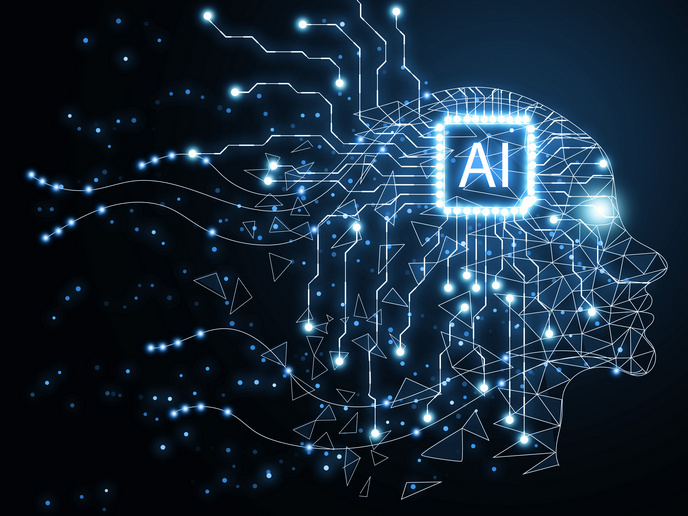An integrated energy management ecosystem for smart buildings
Buildings account for over 40 % of final energy consumption in Europe. With the growing presence of the internet of things (IoT), digitisation of buildings is happening, but progress is haphazard. Digitisation is siloed, usually in the hands of device manufacturers. The EU-funded domOS project proposes a solution that integrates seamless digital appliances with energy applications.
The domOS ecosystem
In smartphones, apps are independent of the underlying hardware. Thanks to this feature, apps can be made available in an app store to all device users. The domOS ecosystem aims for a similar goal for buildings: applications for an energy dashboard, energy management and energy efficiency that can run on a domOS-compliant platform independently of the installed models of smart appliances. A mediation layer – similar to an operating system – is needed to facilitate this development. According to project coordinator Dominique Gabioud: “From a technical standpoint, the domOS ecosystem has two components: a protocol abstraction layer based on the Web of Things (WoT) architecture, and a nomenclature for building description called domOS Common Ontology (dCO).” In the framework of the project, the domOS ecosystem has also been ported to three IoT platforms: cloud.iO S-IOT and domOS-Arrowhead. cloud.iO is a scalable open-source IoT solution that supports connection of devices to a central cloud platform. S-IOT is a novel decentralised approach to building IoT systems, and domOS-Arrowhead is a scalable platform for enabling applications to access domestic buildings and their installed devices.
The domOS demonstration sites
Project pilot sites include 10 partners across five European cities. All five demonstrations incorporate the mediation layer developed by domOS and address the two main axes of the project: the secure connection of smart appliances and devices, and the development of smart devices that increase efficiency in space heating. The pilot in Sion, Switzerland connects multiple devices – including smart meters, charging stations, heat pumps and solar inverters – to a building gateway. This cluster of devices is made available to the energy provider to enhance flexibility and prosumer empowerment. Similarly, the Paris demonstrator has partnered with EDF, an energy provider with 90 % of its energy coming from carbon-free sources. The installed IoT infrastructure, gateway and smart meters collect the global electrical load curve every 5 seconds to offer an electricity dashboard service.
Building sector stakeholders and domOS ecosystem uptake
The smart building sector includes many service and device stakeholders. Standardising digitisation in buildings with so many players is currently out of reach, which has led the project to prioritise exploitation. The best course for bringing together diverse players in the smart building sector is a market-based approach. Gabioud states: “The objective is to team up with a market actor of the smart building sector to roll out a domOS compliant platform.” HES-SO, the University of Applied Sciences and Arts in Switzerland, is already partnering with a big building automation stakeholder to develop a platform inspired by domOS. The development and management of smart buildings is still taking shape. While full standardisation is not yet within reach, development of a domOS-like ecosystem introduces a new role into the sector: that of smart building manager. The manager would function as a supervisor for the more and more complex building’s energy system. Subsequent use cases will shed light on the evolution of this role. Creating a system with a holistic approach to building energy will require communication, collaboration and commitment. domOS, leading with flexibility and ingenuity, shows the way.
Keywords
domOS, domOS ecosystem, ontology, EDF, smart buildings, energy applications, smart devices, , web of thing, domOS common, cloud.iO, S-IOT, domOS-Arrowhead, internet of things







